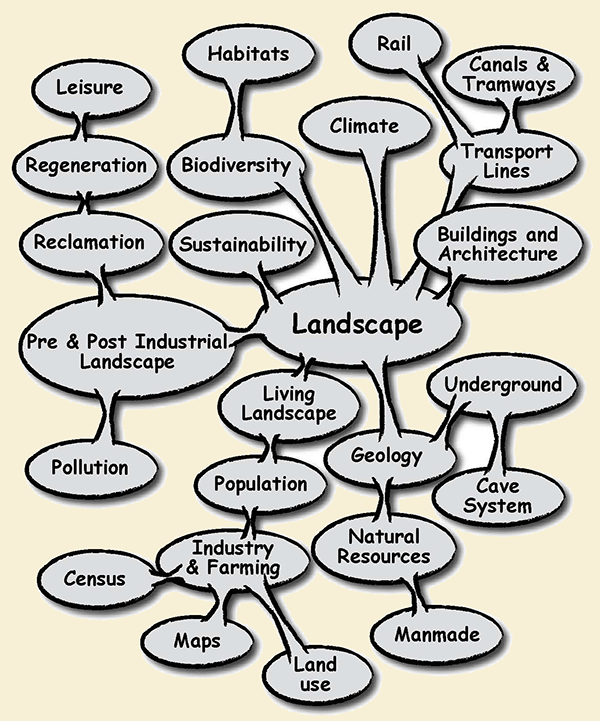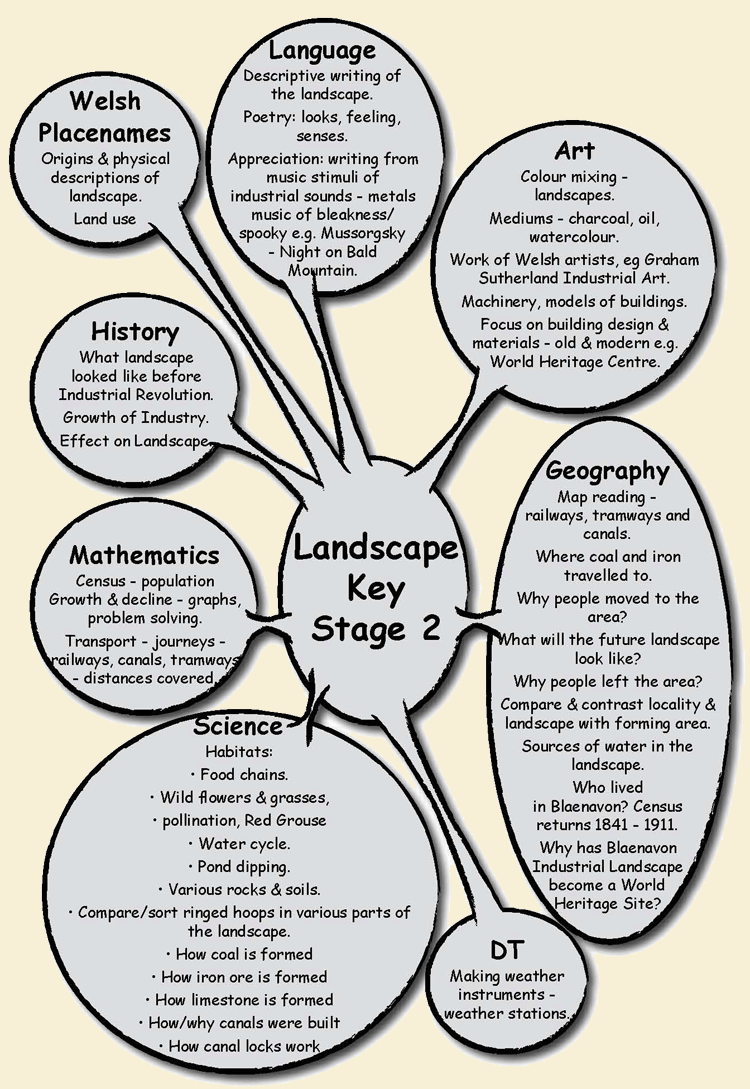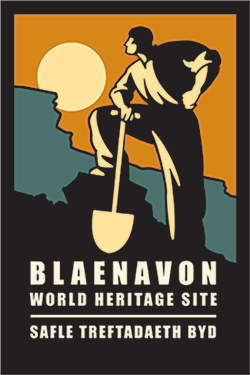Theme - Landscape
The Blaenavon Industrial Landscape has been shaped by natural forces for billions of years; geological processes and climate have created a legacy in the rocks which makers of iron have exploited for many centuries. The link between human activity and nature is therefore an inseparable one.
At the end of the last Ice Age, as nature began to re-colonise the area, human activities influenced the appearance of the landscape from the time of early hunter gatherers to the appearance of farming in the area about 6,000 years ago. At Blaenavon, there is physical evidence of human activity in the landscape in the form of stone burial cairns from the early Bronze Age (2,500 to 1,400 BC) onwards and it is likely that by this time a tree-less moorland landscape similar to that of today would have become established. This landscape would have been grazed by livestock and supported a small, scattered population of farmers and labourers. Latterly, the moorland became famous for its red grouse which provided sport for the gentry.
Exploitation of the area’s geological wealth undoubtedly began long before the earliest documentary references in the 16th century with coal and iron ore being taken to iron forges at Pontypool (once one of the leading iron-making centres in Britain) and at Llanelly near Gilwern. The exploitation of this wealth greatly increased with the founding of the Blaenavon Ironworks in 1787 and continued until the late 20th century – each phase of industrial activity both adding to and obliterating earlier phases thus creating a complex and fascinating industrial landscape comprising quarries, levels, shafts, spoil tips, roads, rail and tramways dating from different periods. Of course, throughout this time, Blaenavon has also been a living landscape populated by people and nature both of which have needed to adapt to a changing environment.
The environmental effects of industrial decline has also brought about physical consequences for the landscape with land ‘reclamation’ and tip clearance schemes taking place during the latter decades of the 20th century. In a bid to create employment opportunities, public authorities have created new industrial estates and since the award of World Heritage Site Status since 2000 there has been a significant public investment focused upon environmental improvements in the town and landscape as key elements in a policy of ‘heritage-led’ regeneration. The Blaenavon Industrial Landscape is therefore an excellent case-study for students of urban decline and economic regeneration.
The information resources within the Blaenavon World Heritage Centre provide an excellent starting point and stimulus to a study on this theme. Our topic web below provides some suggestions for developing the theme of ‘Landscape’.
Key Stage 2 Resources
Key Stage 4 Resources



